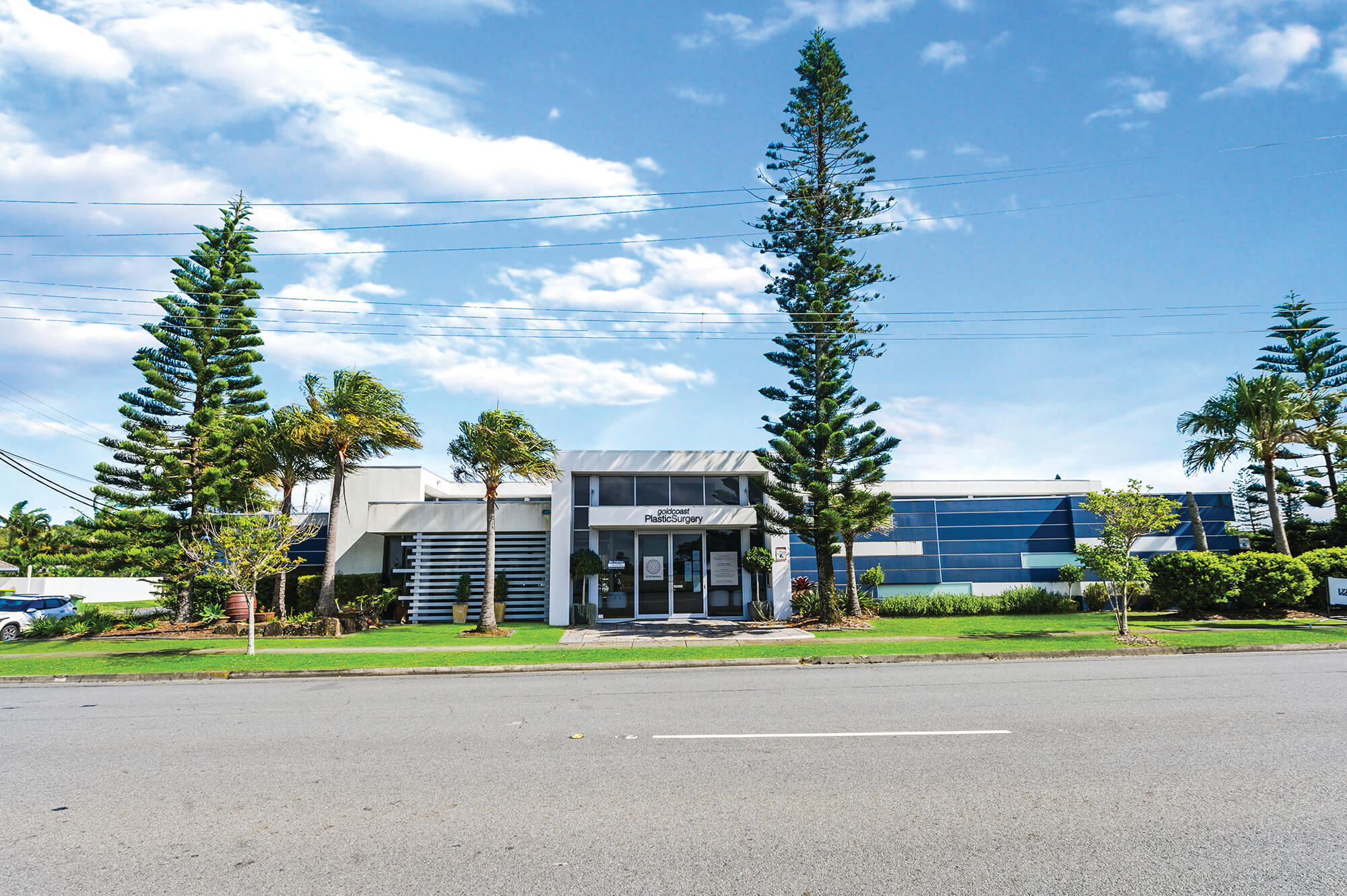Rising Interest in Alternative Assets
August 12 2024

August 12 2024

Conditions across the subsectors of commercial property remain strong on the Gold Coast, bucking the trends experienced in other parts of Australia. However, there is currently a rapid rise in interest in alternative assets from investors.
So, what are these assets and why are they making waves?
While there is no hard and fast definition of what constitutes an alternative asset, it’s generally accepted that those outside the traditional residential and commercial sectors come under the umbrella.
It’s a big umbrella, taking in everything from data centres to childcare and selfstorage to seniors living.
THE VARIOUS ASSET CLASSES CAN BE GROUPED UNDER THREE MAIN SUBSECTORS:
• Industrial site, including data centres, self-storage, life sciences (laboratories, research facilities) and renewables (solar farms, hydrogen plants);
• Social infrastructure, such as specialist disability accommodation, healthcare, medical centres, life sciences, aged care and childcare; and
• Living, including co-living, purposebuilt student accommodation, seniors living and more.
The sector in Australia has an estimated value of about $235 billion, according to research by JLL. That’s roughly equal to the value of the retail and logistics sectors combined. Despite its size, the sector is unrepresented in listed and unlisted property investment.
The reasons for this vary. Some are emerging subsectors and investors can be less inclined to deploy capital in areas that may be relatively unproven. Also, returns on such investments can be less easy to forecast given there’s little history to base them on.
Smaller numbers of actual developments – planned or operational – in this category mean less opportunity to invest, while many are tightly held, again reducing opportunity.
Some investors just aren’t interested in looking outside the traditional areas of real estate investment, but increasingly, many are, according to Kollosche Commercial Specialist Adam Grbcic.
“Currently most of the capital flowing to the sector is from large institutional investors,” Adam says, “but smaller private and family investors are turning to alternative assets, attracted by diversification and the potential for more lucrative returns than other sectors.

CLASSES CREATING THIS INTEREST INCLUDE:
Purpose-built student accommodation: The return of students from overseas postCovid has driven a spike in development in PBSA, fuelling investment. With a critical undersupply for student housing nationally, what affect the tightening of student visas announced earlier this year may have remains to be seen, but it is unlikely to change undersupply drastically.
Self-storage: Downsizers leaving the family home, the shift to apartment living, particularly here on the Gold Coast, storage of ‘toys’ such as jet skis, motorbikes and boats, and the rise of home-based retail are among factors pushing the already strong self-storage sector higher. A national occupancy rate topping 90 per cent and the inherent low-risk nature of tenancies just add to its appeal.
Seniors living: The last thing Baby Boomers want is the retirement home their parents went in to. Rather, lifestyle resorts for the over-55s can offer high-end apartment living with the value-adds of available care, a ready built community and desirable locations along the east coast. With an ageing population and proven successful metrics, this sector is only rising.
Childcare centres: The sector has had its share of problems in the past, but that’s not due to the underlying strength of this asset class. Across Australia, demand outstrips supply for childcare places, despite a steady pipeline of centres coming online in new and existing suburbs. Rightly a sector with strict regulations in place, this tightly held sector will keep being driven along by our rising population.
Healthcare: The rising number of private hospitals and other higher-end medical facilities, such as cosmetic surgery, during the past handful of years is nothing short of stunning. On the Gold Coast there are numerous examples of privately funded facilities opening their doors in recent times, as well as those slated for expanding health campuses in central locations. Referring again to our growing, ageing population, this asset class seems likely to remain in the ascendancy.
The Gold Coast’s fundamentals, thanks to its skyrocketing population, remain solid for virtually all sectors of real estate investment.
However, as alternative asset classes mature, its highly likely more capital will flow to them as investors look for diversification to reduce exposure in one or several of the more traditional sectors.
The burgeoning local population also means demand for essential and discretionary services will rise, needs that in many instances are met by these subsectors, such as seniors living, private health and medical facilities, childcare and self-storage.
As such, high earning potential is emerging in these assets classes, making them worthy of serious consideration.